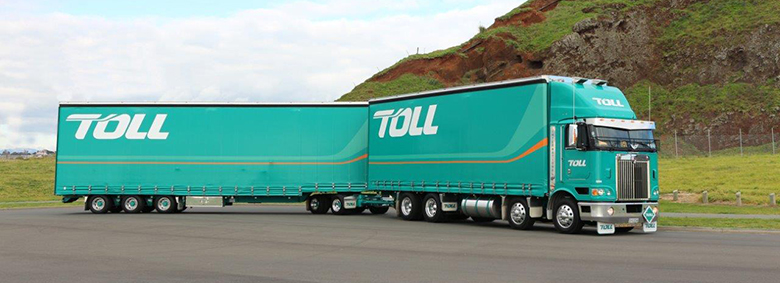The NZ Transport Agency is about half way through a two-year trial into the operation of route-specific permitting of 23 to 25-metre truck-and-trailer units throughout New Zealand.

Freight portfolio director Harry Wilson says that the trial is part of the Transport Agency’s priority work programme to move more freight on fewer trucks where the road infrastructure and the vehicles are suitable to carry heavier and/or longer loads and, most importantly, where road safety is not compromised.
A small number of high productivity motor vehicles (HPMVs) measuring 23-25m have been operating predominantly on state highways in both the North and South Island for the past year. These vehicles are permitted to operate on specific routes only, with these truck combinations approved as suitable to travel on these public roads.
“Each of these vehicles must meet strict performance-based standards to ensure the safe operation of the truck and the safety of other road users. Each route has been assessed to ensure suitability to cope with the increased length of the truck, and the transport operator must develop a travel plan,” Mr Wilson says. The purpose of the trial is to look at the benefits and any problems that have emerged to determine a final framework for approving these special use HPMVs in the future. “We know that some in the industry are very keen to get more of these new truck designs on the road, but that is the point of the trial to make sure there is not an unacceptable safety risk.” Mr Wilson says.
While it is unlikely that 23-25 metre HPMVs will be suitable for travel on much of New Zealand’s road network, there will be sections where they can operate safely and provide significant productivity and safety benefits.
As part of the trial the Transport Agency recently undertook video recordings of several of the 23-25m trial vehicles during highway operation (see below).
Road design practice prescribes that a minimum clearance of 1.0 metre between vehicles (side to side) be achieved. The video footage showed that at some pinch points on the network the trial vehicles occupied the full lane width. This would mean that in the unlikely event that two of these vehicles travelling in opposite directions were to meet at these points, there could be insufficient clearance between them, and this would create an unacceptable safety risk to both the truck driver and other road users.
The lessons from the trial so far are allowing the Transport Agency to review how a range of vehicles currently perform on the network, in order to provide a better benchmark for vehicle performance and to ensure acceptable safety margins are maintained. The trial is also providing lessons about how routes can be assessed in the future to ensure they are suitable for these vehicles.
“The goal in developing a benchmark is two-fold. Firstly we are committed to the safety of the public and we are working to create a road system free from death and serious injury. Second we want to create more certainty for operators when they invest in new vehicle designs. Industry will be included in each step of the process as the work progresses. In the meantime, no further HPMV permits will be issued for 23-25 metre vehicles until the trial has been completed,” Mr Wilson says.
“While the Transport Agency had hoped to have more positive results at this stage, it is the nature of trials that they show up where refinement is needed and to identify any questions which need answering. It is hoped the review will be sufficiently advanced by early April 2014 to discuss the way forward with industry,” Mr Wilson says.